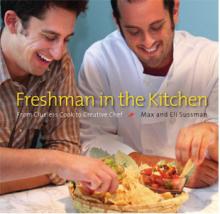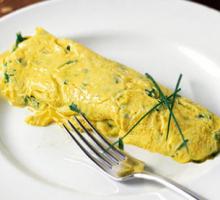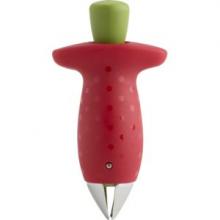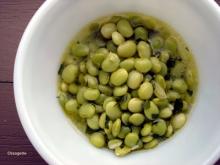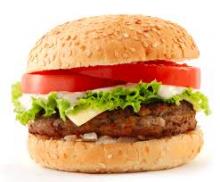Freshman In The Kitchen
The great thing about this thin, gloss paged book, with its wide plastic ring binder is that it can be brought in to the kitchen with you. You can wipe sauce off the pages if a little gets on there. Also, the pages lay open easily which, as a new cook, it is important to have the ability to continue staring at the recipe you are preparing.
Funny enough this book is written by two brothers who were taught to love cooking by their old world mother. The two grew up cutting up veggies, making soups, and enjoying the homemade meals many of us now find to be a luxory. As two men that have been in the kitchen for so long, I did not expect they would be able to relate to how foreign things like blanching, poaching, and julienning are for the rest of us. Yet, they do a surprising good job in teaching even the most novice of cooks to learn to be comfortable in the kitchen.
The book starts off with easier no cook recipes like bruschetta and guacamole that help you master the basics. Then it goes in to simple salads, soups, and finally entrees that can take over an hour to prepare. In side columns throughout the book simple cooking concepts are explained, like how to pick out ripe food and what a paring knife is.
Many people feel overwhelmed when learning how to cook because in most cookbooks recipes call for a plethora of ingredients, many of them expensive. That is the main way this one differs. Due to the fact it is for the beginning chef it has recipes with every day ingredients, like onions and parsley, which we are all used to.
One of my favorite sections is the first chapter where they list off the differences between regular food and organic, eating out versus cooking in, and why it is important to care about what you put in your body. They also list off items for every budding chef to have in their kitchen. I was surprised by how many I had already and did purchase the few odds and ends I would never have thought of owning.
I have been working my way through the book slowly the past month and I have to say that I less intimidated by cooking then I was before. So, if you are the type of person that thinks making a meatball is too hard or that blanching is a torture method this book is definitely for you. It is also a great teaching tool for anyone that just wants to know more about the fundamentals of a dying art.
